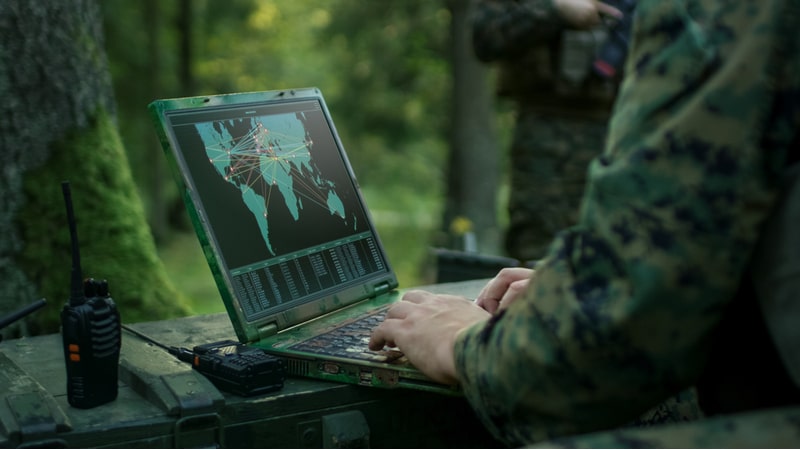
The U.S. Army officially launched its Unified Data Reference Architecture (UDRA) 1.0 after teasing the program late last year. UDRA 1.0 focuses on simplifying the Army’s data architecture and streamlining data products across mission partnerships.
UDRA 1.0 is the product of collaboration between the Army’s chief information officer and industry, according to Jennifer Swanson, Deputy Assistant Secretary of the Army (Data – Engineering – Software) DASA(DES).
“This is huge news! After a lot of work and collaboration with industry, UDRA 1.0 is officially co-signed by [Assistant Secretary of the Army (Acquisition, Logistics and Technology] ASA(ALT) and CIO, and on the street,” said Swanson in a LinkedIn post.
The Army published a supporting document as part of the UDRA 1.0 release that outlines how it will help overcome the Army’s challenges of becoming a “data-centric force.”
“UDRA provides the means to meet Soldiers’ needs for data by incorporating feedback mechanisms to drive data product content and quality. It describes and defines services for self-service data product discovery and consumption,” the service branch said.
The new program includes “transport-agnostic data exchanges that support the full range of networks at all echelons, reducing replication and persistence of data. It also leverages federated governance and enables automated enforcement of global and local governance policies,” the Army said.
Primary guiding principles of this new program include:
- Information and data are produced, exchanged, and consumed across the Army enterprise in the form of discoverable data products which align with VAULTIS goals;
- Data products are available for consumption by consumers on a self-service basis;
- Data product production and hosting are decentralized rather than centralized;
- Data product design and schemas are owned and controlled by the data domain which produces the data product;
- Data product metadata is tightly coupled to the data product and includes all information needed to discover, select, retrieve, and effectively consume and use the data product;
- Data products will be produced and improved in response to consumer demand and feedback;
- Consumers do not persist, duplicate, or share the data products they receive. However, the data domain may create aggregate data products that are derived from source data and upstream data products; and
- Computational Governance will enable automated enforcement of data governance policies.
“DASA(DES) and ASA(ALT) invite innovators to bridge the gaps and help shape the future of our early-stage reference architectures,” the Army said. “Acknowledging the intrinsic nature of our evolving frameworks – they are architectures, not products – our Innovation Exchange serves as a hub for collaboration, experimentation, and excellence.”
